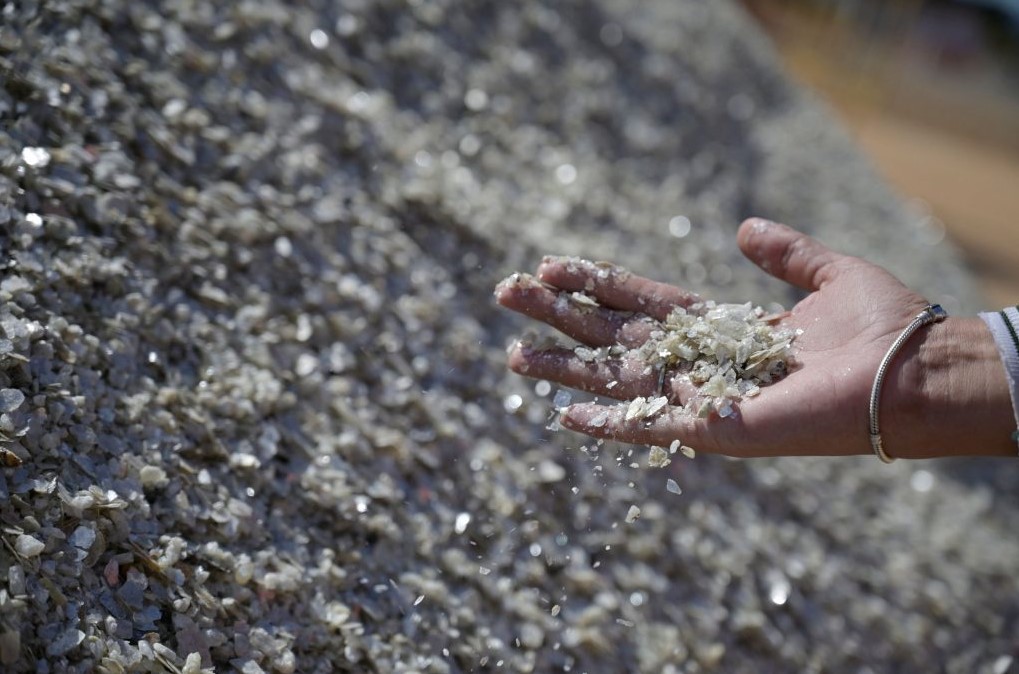
Greece is taking significant strides toward leveraging its rare earth elements and critical raw materials, positioning itself as a key player on the global stage at a crucial time for the European Union.
As the EU seeks to secure its supply of vital resources, Greece’s move to tap into its own reserves is becoming increasingly important, given the Union’s reliance on external suppliers.
Following the announcement by Metlen Energy & Metals, a company that will produce gallium in Boeotia, Greece has made further advancements in mineral exploration.
In mid-January, Alexandra Sdoukou, the Deputy Minister for Environment and Energy, signed a decision to launch a tender for the exploration and exploitation of antimony on the island of Northern Chios, in the northern Aegean Sea.
Additionally, sources indicate that another tender may soon be announced for a mining area close to the city of Xanthi, in Western Thrace, north-eastern Greece, where significant deposits of copper and tungsten have been identified.
Meanwhile, Rockfire Resources, which operates mining projects in the Molaoi area of Laconia, in the Peloponnese, has detected the presence of germanium, one of the world’s rarest critical metals. If their findings prove successful, the company will move forward with extraction operations.
By 2025, the Greek government is expected to launch tenders for graphite deposits in Thermes, a village in Thrace, and manganese oxide in Drama, in Macedonia. Early indications also suggest the presence of antimony in Rodopi and Kilkis, in northern Greece, though research in these areas is still in its infancy.
There are also indications of further deposits in other parts of Greece and even in its seabed. Areas like Halkidiki, Samothrace, Florina, and Kavala, as well as the mouths of the Strymon, Nestos, and Evros rivers, are all believed to hold untapped reserves that require further investigation.
In March of last year, the EU introduced a European regulation in response to the growing demand for rare earths and critical raw materials, expected to increase in the coming years. This includes materials like magnesium, aluminum, copper, nickel, manganese, gallium, germanium, lithium, antimony and many more.
A total of 34 raw materials were classified as critical due to the projected surge in demand for them by 2050.
Currently, the EU largely depends on imports from countries outside the Union, with China, Turkey, and South Africa being the main suppliers.
Source: tovima.com
Latest News

EU Condemns Trump Tariffs, Prepares to Retaliate
As tensions escalate, the EU is expected to continue negotiations with Washington while preparing for potential economic retaliation.
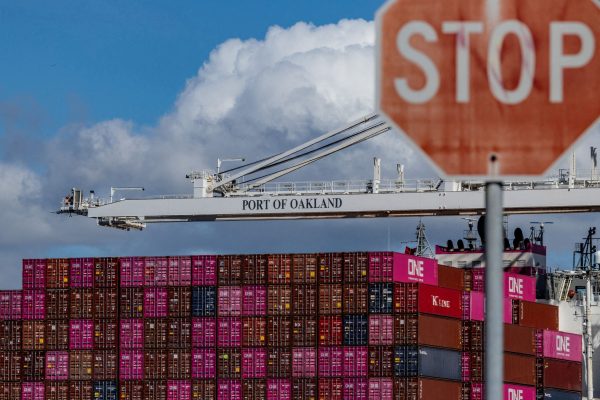
The Likely Impact of Trump Tariffs on Europe and Greece
Trump tariffs are expected to negatively affect economic growth in the Eurozone while Greece's exports could take a hit.
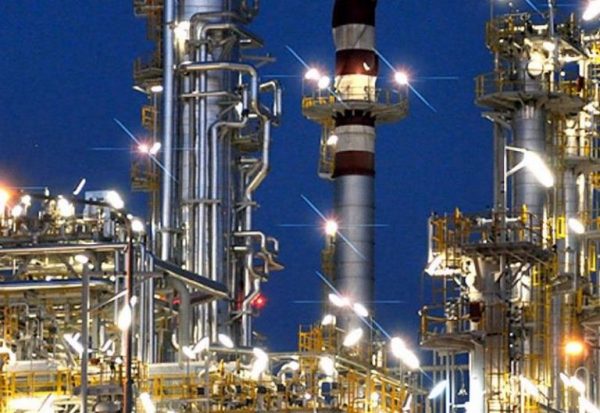
Motor Oil Results for 2024: Adjusted EBITDA of 995 mln€; Proposed Dividend of 1.4€ Per Share
Adjusted EBITDA for 2024 was down 33% yoy. The adjusted profit after tax for 2024 stood at 504 million euros, a 43% decrease from the previous year

Cost of Living: Why Greece’s 3% Inflation Is Raising Alarm
Greece appears to be in a more difficult position when it comes to price hikes, just as we enter the era of Trump’s tariffs.
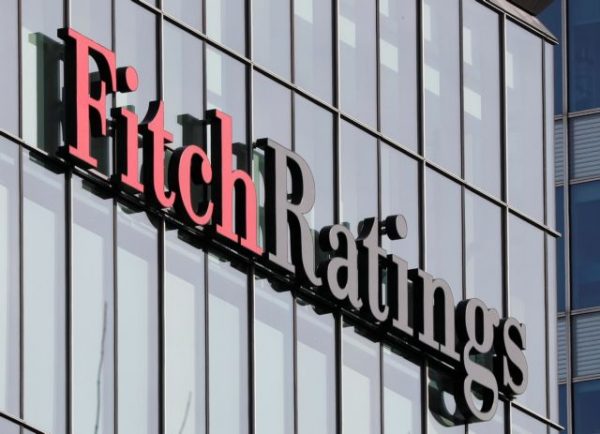
Fitch Ratings Upgrades the Four Greek Systemic Banks
NBG’s upgrade reflects the bank’s ongoing improvements in its credit profile, Fitch notes in its report, including strong profitability, a reduction in non-performing exposures (NPEs), and lower credit losses
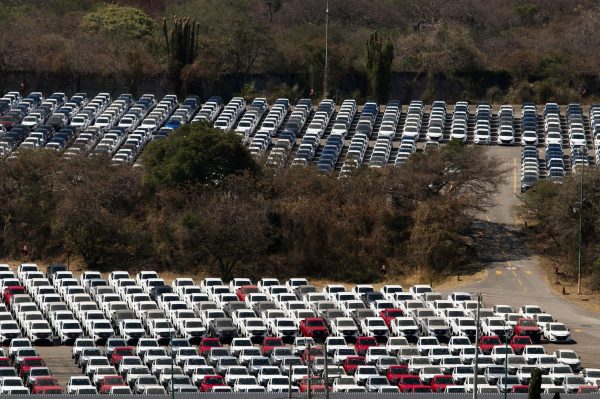
Trump to Announce Sweeping New Tariffs Wednesday, Global Retaliation Expected
With Trump's announcement just hours away, markets, businesses, and foreign governments are bracing for the fallout of one of the most aggressive shifts in U.S. trade policy in decades.
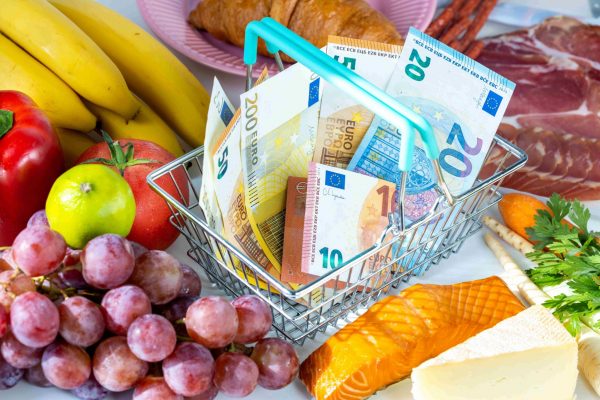
Inflation in Greece at 3.1% in March, Eurostat Reports
Average inflation in the eurozone settled at 2.2%, compared to 2.3% in February

Greece’s Unemployment Rate Drops to 8.6% in February
Despite the overall decline, unemployment remains higher among women and young people.

Jerry Kalogiratos Highlights Key Role of Energy Transition and Data Demand in LNG Outlook
Energy transition and the prospects of LNG were discussed at Capital Link’s 19th Annual International Maritime Forum, during a panel discussion with Jerry Kalogiratos (Capital Clean Energy Carriers Corp.)

Santorini Safe and Ready for a Dynamic Tourism Season
Authenticity, cultural heritage, and genuine experiences at the center of Santorini's new promotional campaign
























![ΕΛΣΤΑΤ: Αυξήθηκε η οικοδομική δραστηριότητα κατά 15,6% το Δεκέμβριο [πίνακες]](https://www.ot.gr/wp-content/uploads/2025/03/DSC9655-2-1024x569-1-90x90.jpg)

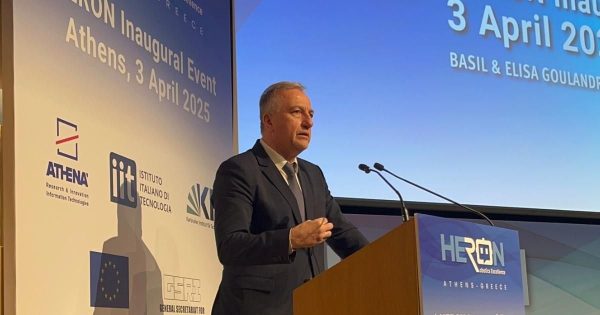

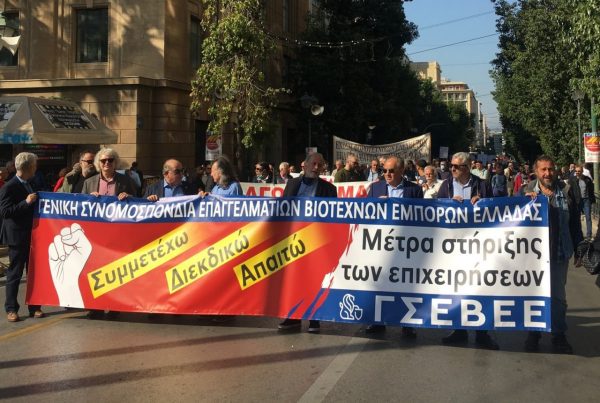
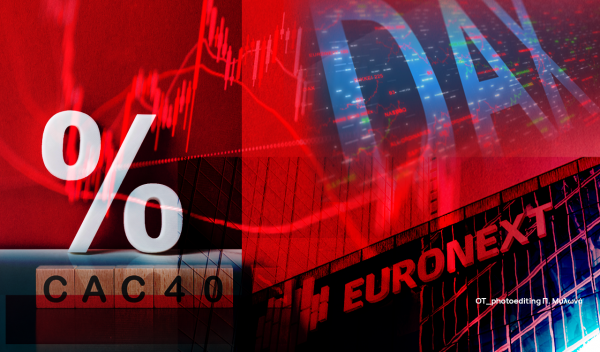


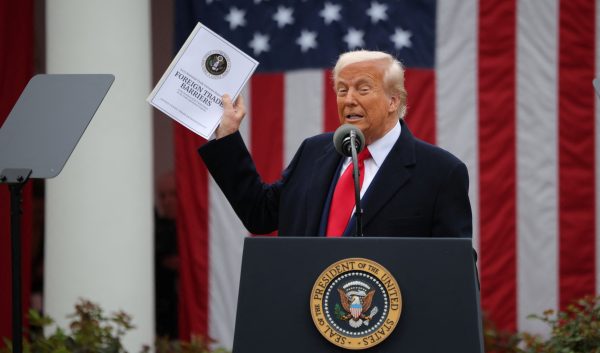
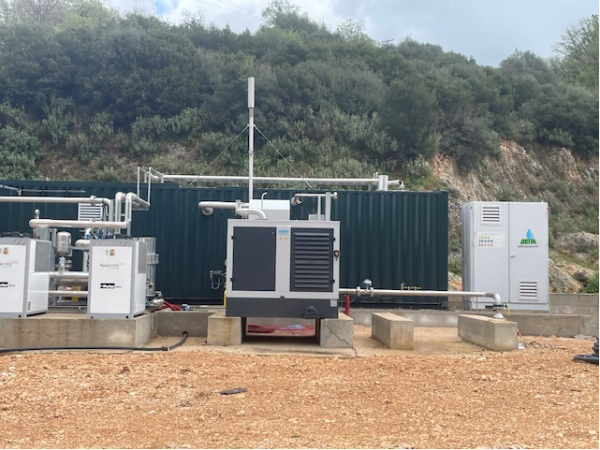
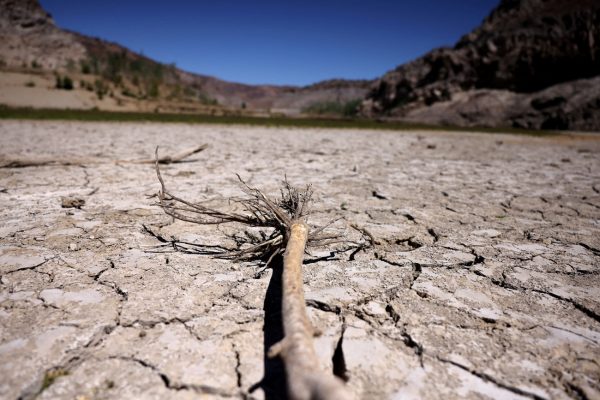
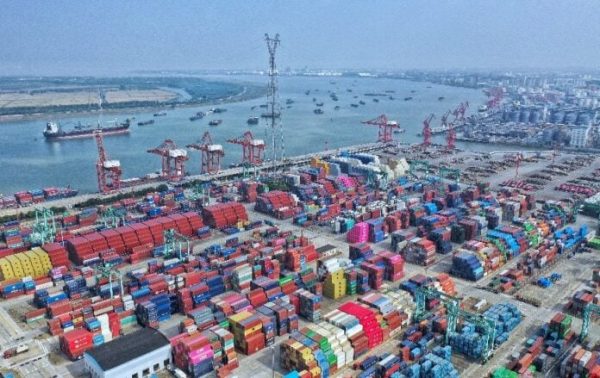



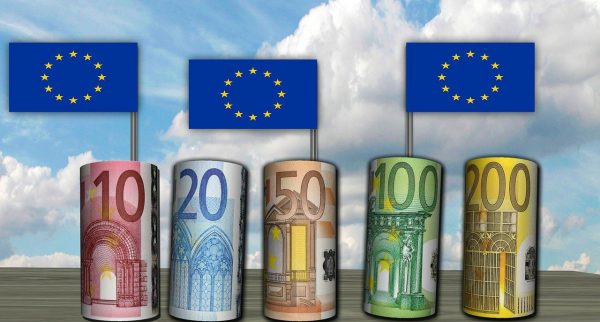
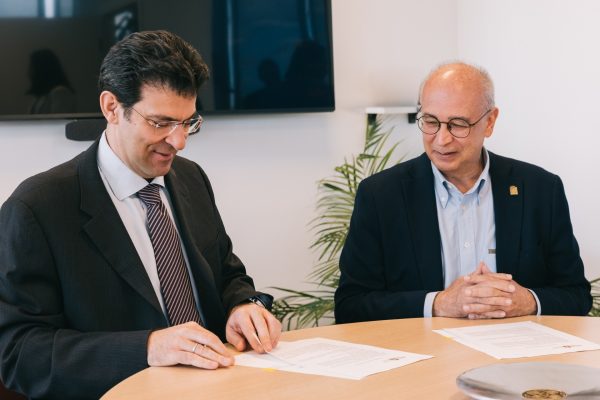
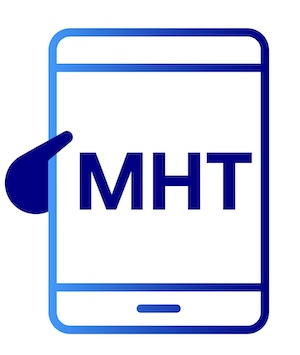 Αριθμός Πιστοποίησης
Αριθμός Πιστοποίησης